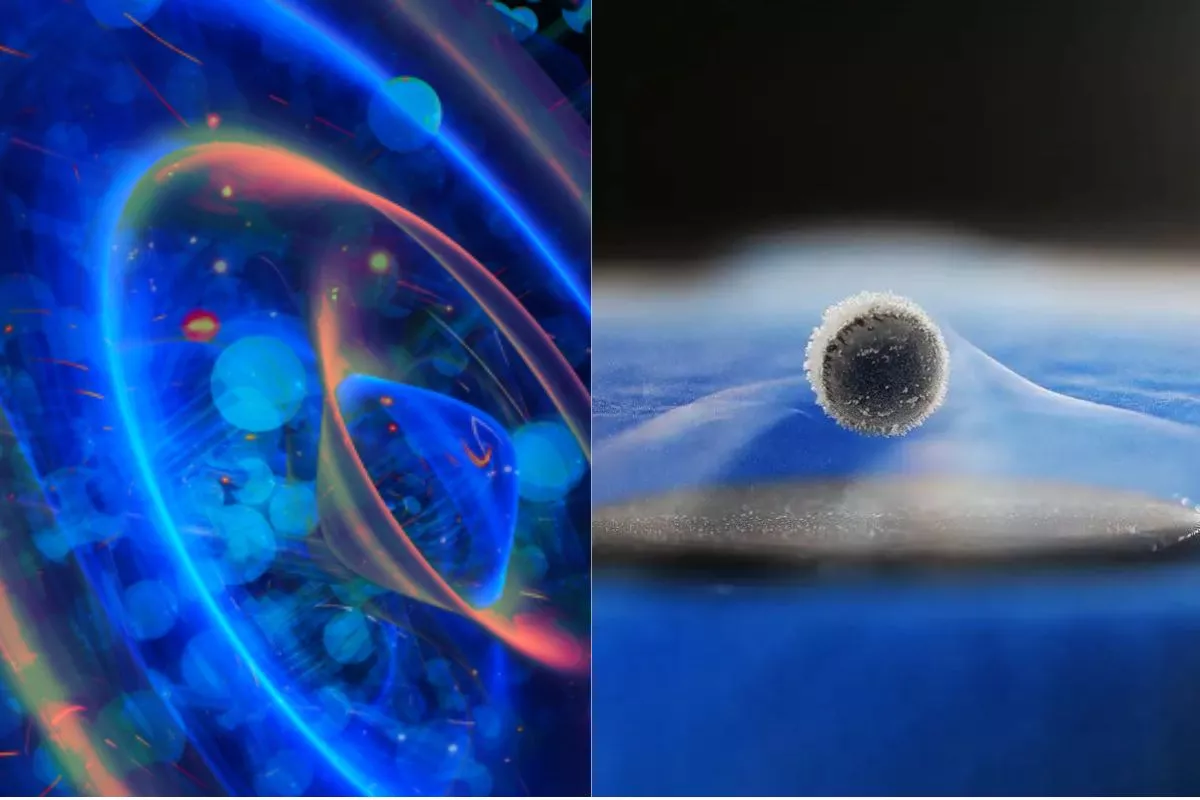
Demon Particle
According to a recent study by researchers from the University of Illinois Urbana-Champaign, scientists have identified a fascinating “demon particle”. It has the potential to usher in a new era of superconductors. The particle was described in the study, which was published in the journal Nature, and was initially predicted by physicist David Pines about 70 years ago.
A Unique metal/alloy
A unique kind of metal or alloy called a superconductor has the amazing capacity to transport electrical currents unhindered. The newest generation of superconductors, however, must remain below the 100 degree Fahrenheit barrier in order to keep their capabilities.
Recent developments by scientists at the University of Illinois have led to the discovery of a transparent, massless, and neutral particle within the metal strontium ruthenate. It suggests its ability to appear independent of temperature.
Also Read: Beware! AI Can Steal Your Passwords Just By ‘Listening’ To Keystrokes With 95% Accuracy
Magnetic Resonance Imaging
While magnetic resonance imaging (MRI) equipment and maglev trains already make use of superconductors, the development of materials that can achieve this feat at room temperature has the potential to completely change the field and pave the way for more powerful computing systems.
Pines’ demon particle
Pines’ demon is a plasmon, which is a quasiparticle since it behaves like a particle.
“The vast majority of experiments are done with light and measure optical properties, but being electrically neutral means that demons don’t interact with light,” said Peter Abbamonte, a professor of physics at the University of Illinois Urbana-Champaign and lead author of the study in a press release.
“A completely different kind of experiment was needed,” he added.
Strontium ruthenate (Sr2RuO4) was the material of choice, according to the team, since it resembles high-temperature superconductors while also not being one.
Demons are not in the mainstream
“At first, we had no idea what it was. Demons are not in the mainstream. The possibility came up early on, and we basically laughed it off. But, as we started ruling things out, we started to suspect that we had really found the demon,” said former graduate student Ali Husain, a co-author of the study. Further investigation using different observational techniques is required, the researchers continued, in order to completely comprehend the quasiparticle’s operation.
To read more such news, download Bharat Express news apps




















